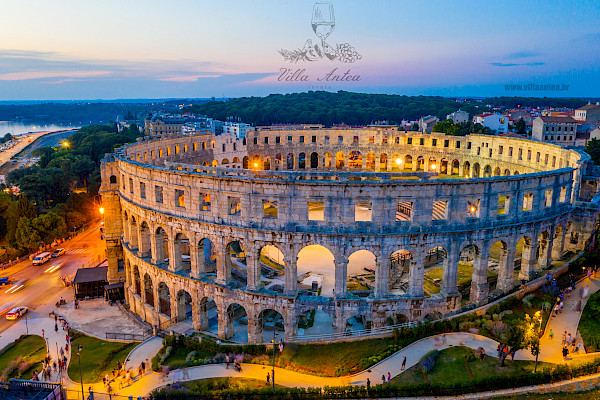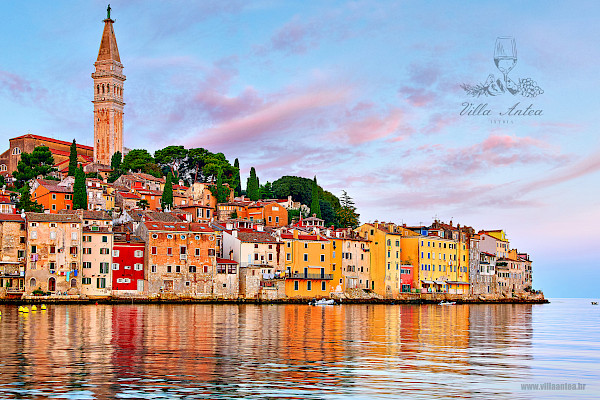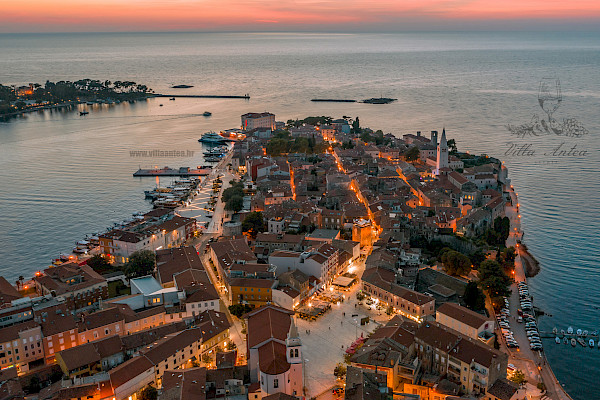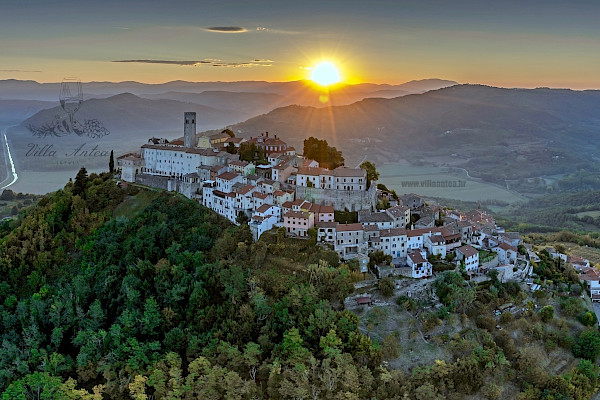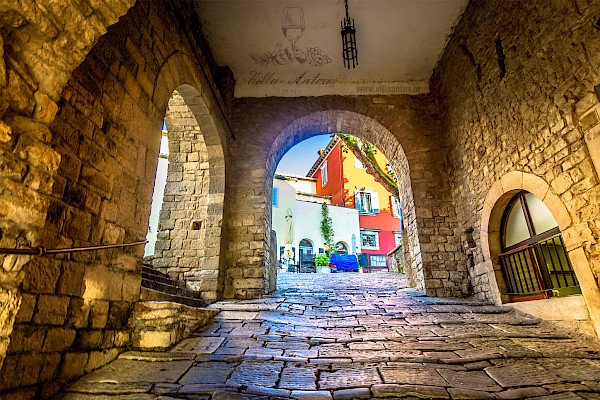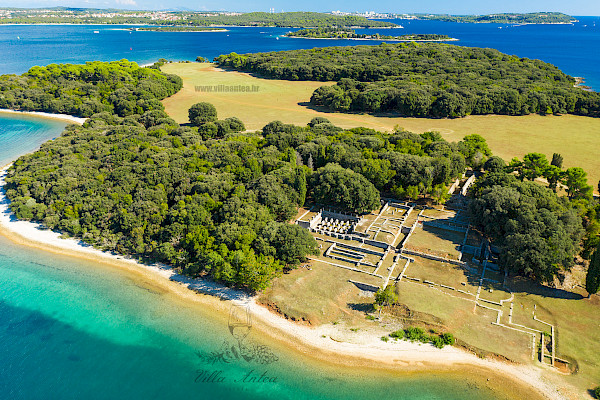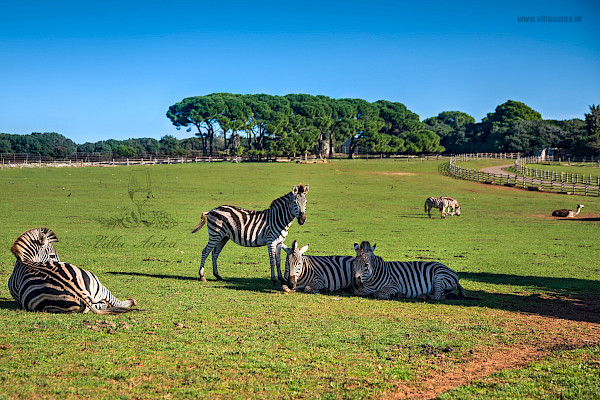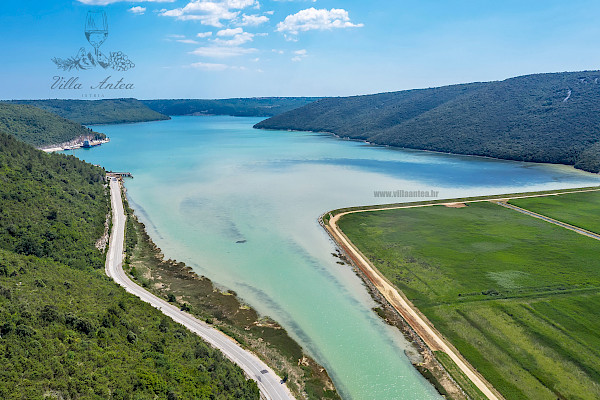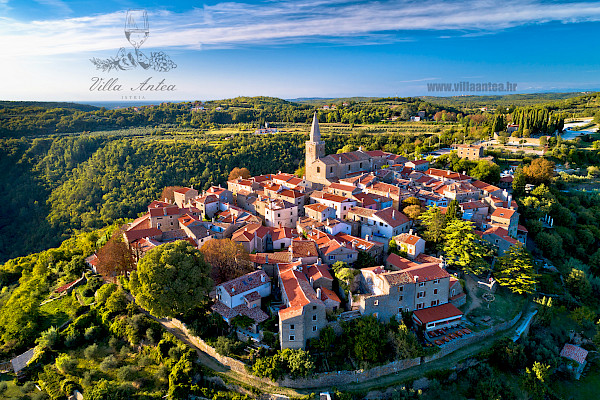Menu
Destination Istria
Istrian history begins with the myth of the Argonauts and the search for the Golden Fleece, through the Histri, Romans, and Venetians, central Austrian ports, all the way to today's modern, largest cultural and economic center of Istria. Various layers of history have woven a unique urban fabric where Roman temples stand in contrast to Baroque palaces, early Christian churches stand opposite Austrian villas, and remnants of medieval walls are intersected by ancient city gates.
Istria, Croatian Istra, triangular peninsula that is part of Croatia and Slovenia. It extends into the northeastern Adriatic Sea between the Gulf of Venice (west) and the Gulf of Kvarner (east). The peninsula has an area of 3,160 square km. The northern portion is part of Slovenia, while the central and southern parts belong to Croatia. A tiny strip of coast at its northwestern base is the site of Trieste and belongs to Italy.
It is known for its picturesque towns, beautiful beaches, and delicious local cuisine. Istria is also home to a number of historical and cultural attractions, making it a popular destination for tourists from around the world.
One of the best ways to explore Istria is to take a road trip with our oldtimer vehicle through the peninsula. The region is home to a number of charming towns, each with their own unique character and attractions. Some of the most popular towns to visit include Rovinj, Pula, and Poreč.
Rovinj is a picturesque coastal town located on the western side of the peninsula. It is known for its narrow streets, colorful houses, and stunning views of the Adriatic Sea. The old town of Rovinj is a UNESCO World Heritage Site, and visitors can explore the town's history by visiting the Church of St. Euphemia, which sits at the top of a hill overlooking the town.
Pula, located on the southern tip of the peninsula, is another popular destination for tourists. It is the largest city in Istria, and is known for its Roman heritage. Visitors can explore the ancient Roman arena, which is one of the best preserved in the world, as well as other Roman ruins such as the Temple of Augustus and the Arch of the Sergii.
Poreč, located on the western coast of the peninsula, is another charming town that's a must-see. The town is famous for its UNESCO World Heritage Site the Euphrasian Basilica which a basilica from the 6th century. Visitors can also explore the town's old town, which is filled with small streets and ancient buildings.
Brijuni Islands are a group of 14 small islands located in the northern Adriatic Sea, off the coast of Istria. The islands are a national park and a popular tourist destination, known for their natural beauty, diverse flora and fauna, and historical significance. They were once a summer residence of Yugoslav President Josip Broz Tito and are now a UNESCO World Heritage Site. Visitors can explore the islands by foot, bike or boat, and enjoy activities such as swimming, snorkeling, and bird-watching. The islands also host several cultural and historical sites, including the ancient Roman villa of the Emperor Augustus.
One of the main attractions of Motovun is its 12th century Romanesque-Gothic church of St. Stephen. The church has a beautiful bell tower and an impressive fresco of the Last Judgment. Visitors can also explore the town's many other religious sites, such as the church of St. Peter, the church of St. Thomas and the church of St. Anthony.
Main attractions of Grožnjan is its picturesque old town, which is home to several art galleries, shops, and restaurants. The town is also known for its vibrant artistic community and hosts several festivals throughout the year, such as the Grožnjan Summer Jazz School and Festival, which attracts jazz musicians and enthusiasts from all over the world.
In addition to exploring the towns and cities of Istria, visitors can also enjoy the region's beautiful beaches, which are perfect for swimming, sunbathing, and water sports.







 Croatian
Croatian German
German